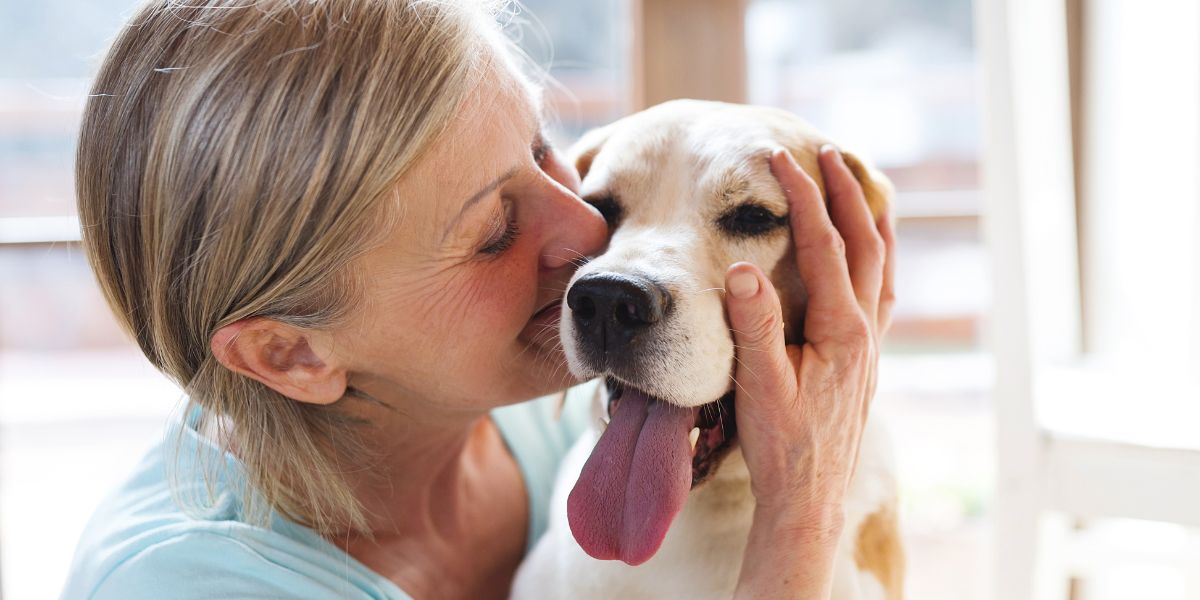Preventing Cushing’s Syndrome in Dogs: Taking Proactive Measures for Your Pawed Companion
Cushing’s syndrome, also known as hyperadrenocorticism, is an endocrine disorder characterized by an excessive production of cortisol, a hormone responsible for regulating various bodily functions. While there is no foolproof way to prevent this condition, certain lifestyle choices and preventive measures can significantly reduce the risk of your dog developing Cushing’s syndrome.
How to Prevent Cushing’s Syndrome in Dogs
Maintain a Healthy Weight
Obesity is a significant risk factor for Cushing’s syndrome. By maintaining a healthy weight for your dog, you help to minimize the burden on their endocrine system and reduce their susceptibility to this condition. Encourage regular exercise, provide a balanced diet, and avoid excessive treats to help maintain your dog’s ideal weight.
Limit Steroid Use
Steroid medications, while often necessary for managing various health conditions, can contribute to the development of Cushing’s syndrome, mainly when used for extended periods. If your dog requires steroid treatment, discuss the duration and dosage with your veterinarian to minimize the risk of Cushing’s.
Schedule Regular Checkups
Regular veterinary checkups allow your veterinarian to assess your dog’s overall health, including their endocrine system. Early detection of potential Cushing’s symptoms can aid in timely diagnosis and treatment, improving your dog’s chances of a favourable outcome.
Provide a Stress-Free Environment
Stress can play a role in triggering Cushing’s syndrome. Create a calm and consistent environment for your dog, minimizing excessive noise, sudden changes, and other sources of stress. Provide proper training and socialization to help your dog cope with everyday situations effectively.
Consider Genetic Testing
Certain breeds, such as Miniature Schnauzers, Dachshunds, Poodles, and Boxers, are more prone to Cushing’s syndrome. If you own one of these breeds, consider genetic testing to assess your dog’s susceptibility and take preventive measures accordingly.
Follow Veterinary Guidance
Remember that your veterinarian is your best resource for understanding Cushing’s syndrome and developing a personalized prevention plan for your dog. Follow their recommendations closely, including dietary guidelines, exercise regimens, and medication protocols.
Stay Vigilant and Responsive
Monitor your dog closely for changes in their behaviour, appetite, energy levels, or appearance. If you notice any unusual signs, consult your veterinarian promptly for a thorough evaluation. Early diagnosis is crucial for effective treatment and improved outcomes.
Prevention vs. Treatment: A Collaborative Effort
While prevention is always the preferred approach, early diagnosis and appropriate treatment are vital in managing Cushing’s syndrome in dogs. Taking proactive measures and working closely with your veterinarian can help your furry companion live a long and healthy life, even with Cushing’s syndrome. Remember, prevention is always better than cure.



